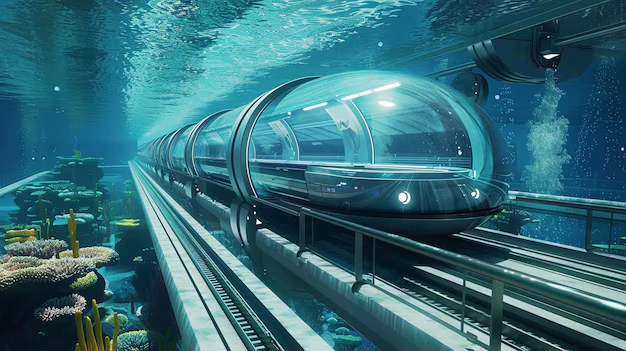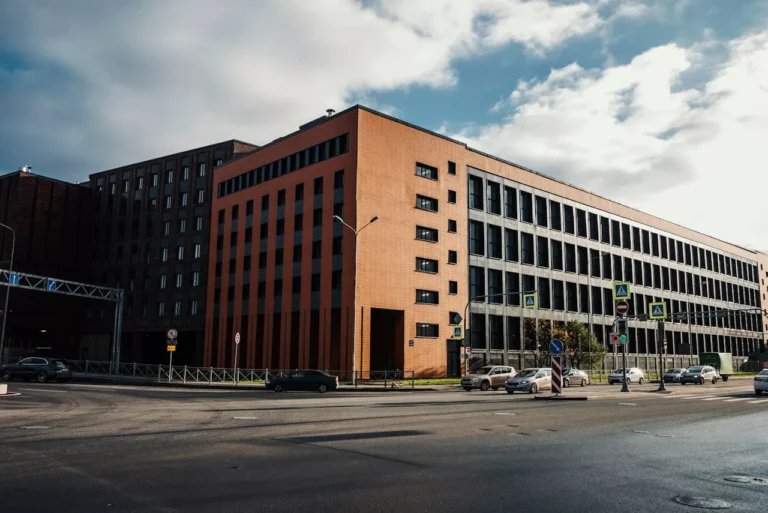
World’s Longest Underwater High-Speed Rail Tunnel on “Yongzhou” TBM Begins Full Subsea Excavation
On May 29, the “Yongzhou” tunnel boring machine (TBM) officially transitioned from land to subsea tunneling at a depth of 64 meters beneath the Ningbo side of the Jintang Strait. This milestone marks the start of full underwater excavation for the Jintang underwater tunnel—part of the Yongzhou Railway project, led by China Railway Construction Corporation (CRCC). Once completed, the tunnel will become the world’s longest underwater high-speed railway tunnel.
Stretching 16.18 kilometers in total—with 11.21 kilometers constructed via shield tunneling—the Jintang tunnel is a central piece of infrastructure linking Ningbo and Zhoushan under the Jintang Strait. Two giant TBMs are working simultaneously from each side of the strait, aiming to meet with high precision beneath the sea despite intense water pressure and challenging geological conditions. The Ningbo section of the tunnel extends 4,940 meters, with the 14.57-meter-diameter “Yongzhou” TBM tunneling eastward in a single continuous drive.
The seabed geology between Ningbo and Zhoushan presents extraordinary engineering challenges. The tunnel route passes beneath oil pipelines, seawalls, port infrastructure, and active shipping lanes. It reaches depths of up to 78 meters below sea level, with water pressures as high as 8.4 bar—equivalent to nearly a ton of force on a human palm. The alignment crosses 28 zones of alternating soft and hard rock, with the “Yongzhou” TBM tasked with navigating 24 of them. Approximately 70% of the tunnel consists of mixed ground or hard rock, with some sections containing rock with strengths nearing 200 megapascals.
These frequent and abrupt geological changes pose extreme technical challenges. Since operations began, the “Yongzhou” TBM has already completed over 2,020 meters of excavation, including successful passage through more than 10 complex geological transitions. Now advancing into the subsea phase, the TBM will tunnel an additional 2,920 meters under water pressures exceeding 6 bar, progressing toward the mid-sea connection point.
To withstand the harsh subsea environment, the TBM has been upgraded with advanced engineering features. These include a dual-shell structure and four layers of reinforced tail seals, enabling the machine to operate safely under pressures up to 12 bar. These enhancements are crucial for performance and safety during long-distance, high-pressure underwater tunneling.
The broader Yongzhou Railway line spans 76.4 kilometers, linking Ningbo East Station with Baiquan Town in Zhoushan’s Dinghai District. Designed for speeds of up to 250 kilometers per hour, the railway will facilitate both intercity travel and long-distance tourism, significantly improving connectivity between Zhoushan and the mainland.




